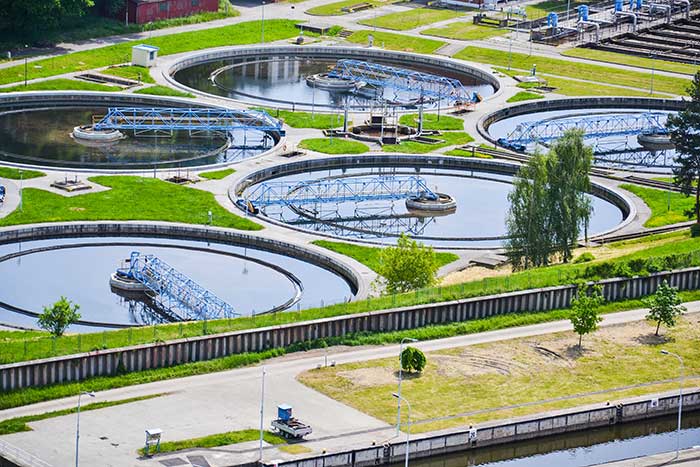One civil engineer tells us how drinking water and wastewater can overcome their low scores.
05/14/2018

- The United States uses 42 billion gallons of water a day to support daily life from cooking and bathing in homes to use in factories and offices across the country.
- In total, there are approximately 155,000 active public drinking water systems across the country.
- Most Americans – just under 300 million people—receive their drinking water from one of the nation’s 51,356 community water systems.
- Nearly 240 million Americans—76 percent of the population—rely on the nation’s 14,748 treatment plants for wastewater sanitation.
- By 2032 it is expected that 56 million more people will connect to centralized treatment plants, rather than private septic systems—a 23 percent increase in demand.
- In the U.S., there are over 800,000 miles of public sewers and 500,000 miles of private lateral sewers connecting private property to public sewer lines. Each of these conveyance systems is susceptible to structural failure, blockages and overflows.
- The U.S. Environmental Protection Agency (EPA) estimates that at least 23,000 to 75,000 sanitary sewer overflow events occur in the United States each year.
- An estimated $271 billion is needed to meet current and future demands.

